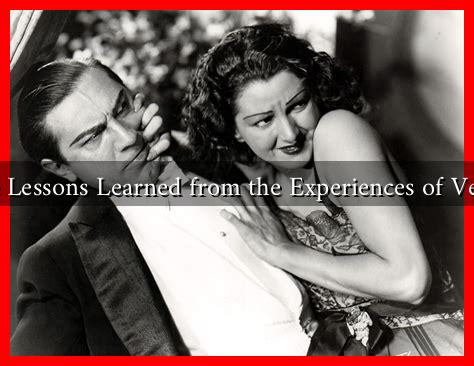-
Table of Contents
What Are the Lessons Learned from the Experiences of Veiled Women?
The experiences of veiled women across the globe offer profound insights into the intersection of culture, identity, and gender. The veil, often a symbol of oppression in some narratives, can also represent empowerment, agency, and cultural pride. This article explores the lessons learned from the diverse experiences of veiled women, highlighting their resilience, challenges, and contributions to society.
The Veil as a Symbol of Identity
For many women, wearing a veil is not merely a religious obligation but a significant aspect of their identity. The veil can serve as a means of expressing cultural heritage and personal beliefs. This duality is evident in various contexts:
- Religious Significance: In Islam, the hijab is often seen as a form of modesty and devotion. Many women view it as a way to connect with their faith and community.
- Cultural Heritage: In regions like North Africa and the Middle East, traditional veiling practices are deeply rooted in history and culture, representing a connection to one’s ancestry.
- Personal Choice: For some women, choosing to wear a veil is an assertion of autonomy, challenging stereotypes that depict them as oppressed.
These perspectives illustrate that the veil can embody a complex interplay of identity, faith, and personal agency, challenging the monolithic view of veiled women as solely victims of patriarchal structures.
Resilience in the Face of Challenges
Veiled women often face unique challenges, including discrimination, stereotyping, and social exclusion. However, their resilience in overcoming these obstacles provides valuable lessons:
- Advocacy and Activism: Many veiled women have become vocal advocates for their rights, challenging societal norms and fighting against discrimination. For instance, the #HijabForHijabis movement has gained traction on social media, empowering women to share their stories and experiences.
- Education and Empowerment: Access to education has been a crucial factor in empowering veiled women. Studies show that educated women are more likely to challenge societal norms and advocate for their rights. For example, Malala Yousafzai, a Pakistani activist for girls’ education, wears a hijab and has become a global symbol of resilience.
- Community Support: Many veiled women find strength in community networks that provide support and solidarity. Organizations like the Muslim Women’s Network UK offer resources and advocacy for veiled women facing discrimination.
These examples highlight the strength and determination of veiled women in navigating societal challenges while advocating for their rights and identities.
Contributions to Society
Veiled women contribute significantly to various sectors, including politics, arts, and sciences. Their involvement challenges stereotypes and enriches societal narratives:
- Political Engagement: Women like Ilhan Omar and Rashida Tlaib, who wear hijabs, have made history as elected officials in the United States, representing diverse voices in politics.
- Artistic Expression: Artists like Shirin Neshat use their work to explore themes of identity, gender, and culture, providing a platform for veiled women to share their stories.
- Scientific Contributions: Women in STEM fields, such as Dr. Hayat Sindi, a Saudi scientist and entrepreneur, demonstrate that veiled women can excel in traditionally male-dominated areas.
These contributions not only challenge stereotypes but also inspire future generations of women to pursue their passions and ambitions.
Conclusion: Embracing Complexity and Diversity
The experiences of veiled women teach us that their identities are multifaceted and cannot be reduced to simplistic narratives of oppression. Instead, they embody resilience, agency, and a commitment to cultural heritage. By recognizing the diverse experiences of veiled women, society can foster a more inclusive dialogue that values their contributions and challenges stereotypes.
As we move forward, it is essential to support initiatives that empower veiled women, promote their voices, and celebrate their achievements. Understanding their experiences can lead to a more nuanced perspective on gender, culture, and identity in our increasingly globalized world.
For further reading on the experiences of veiled women, consider exploring resources from organizations like Muslim Women’s Network UK and academic studies that delve into the complexities of veiling practices.

